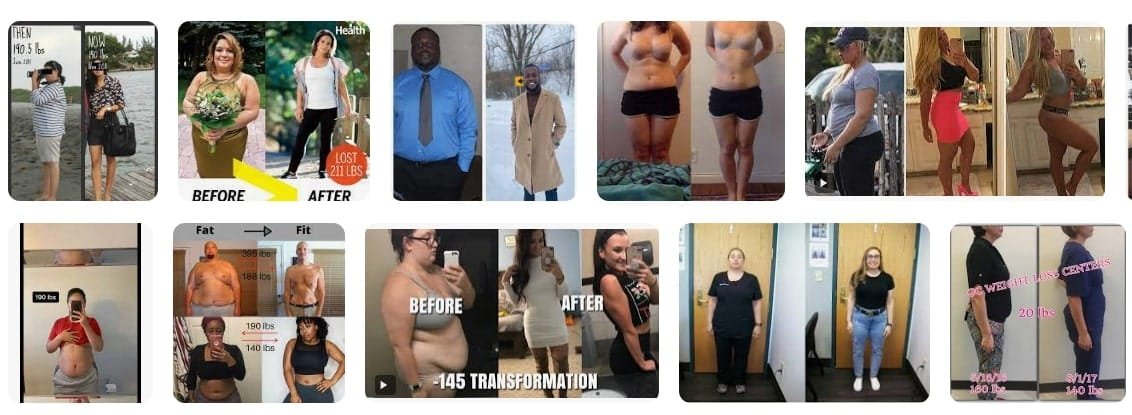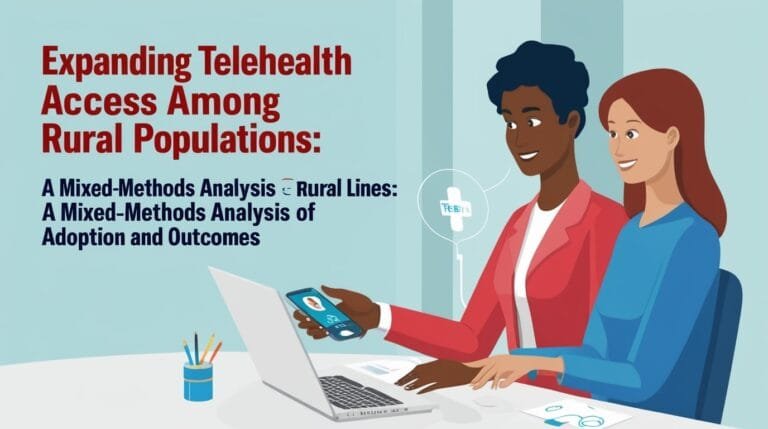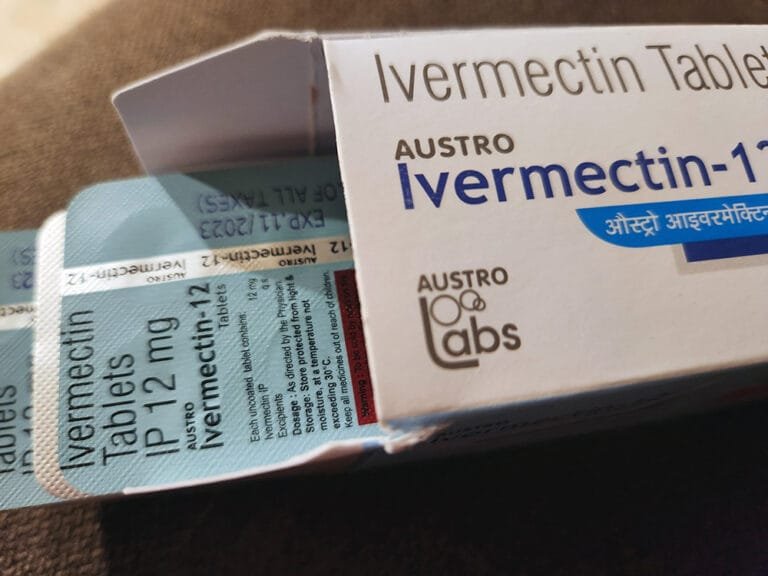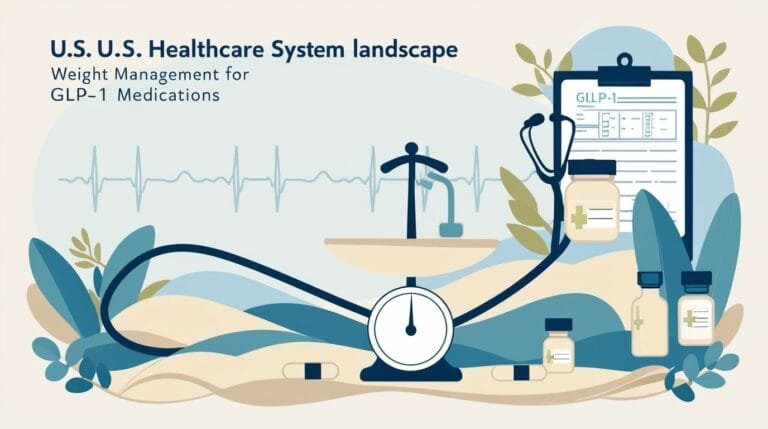Female Muscle Fitness: A Comprehensive Guide to Building Strength, Health, and Confidence
Overview
What is the best way to achieve female muscle fitness? When compared to men, women often express greater concern about their physical appearance and overall body image. This growing awareness has led many women to pursue not just general fitness but muscular fitness, aiming for a stronger, healthier, and more defined physique. Whether it’s through weightlifting, high-intensity interval training (HIIT), or specialized programs, female muscle fitness involves a combination of strength-based exercises, balanced nutrition, and consistent effort.
What’s Female Muscle Fitness?
If you search online, you’ll find many definitions of fitness. In the simplest terms, fitness is the ability to move and perform tasks without undue fatigue, supported by conditioned and well-toned muscles. Female muscle fitness shares many similarities with male muscle fitness, though women often benefit from exercise routines tailored to their unique physiological and metabolic needs.
- Similar Goal, Different Scope
- Men and women both aim to build muscle, strength, and endurance. However, hormone levels, daily activities, and long-term fitness goals can differ, meaning training programs may need specific adjustments.
- Focus on Function and Aesthetics
- Many women pursue muscle fitness not just to be strong, but also to feel confident in how they look and carry themselves. A consistent strength training routine can help shape and tone muscles, reducing excess body fat.
How to Achieve Female Muscle Fitness
Below are some practical ways to work toward your goal of improved female muscle fitness:
- Join a Local Gym or Fitness Center
- Seek programs specifically designed for women’s fitness.
- Consider hiring a trainer who understands female physiology and can create individualized workout plans.
- At-Home Workouts
- Perform calisthenics (e.g., push-ups, squats, planks) and incorporate simple equipment like resistance bands.
- Explore online workout classes focusing on strength exercises such as Pilates or bodyweight HIIT routines.
- Intense Daily Activities
- Walking or running can be turned into interval workouts by alternating between slower and faster paces.
- Incorporate hill sprints or stair climbs for an added leg and glute challenge.
- Fun Fitness Activities
- Activities like pole dancing, Zumba, or kickboxing keep routines exciting while building muscle endurance and boosting cardiovascular health.
- Partner Workouts
- Exercising with a friend or partner can enhance motivation and accountability.
- Spot each other for weightlifting, or alternate intervals during circuit training.
How Muscular Can a Woman Get Naturally?
According to many fitness experts and research:
- Maximum Potential
- Most men can gain 40–50 lbs of muscle mass in a lifetime, while women can gain around 20–25 lbs.
- This difference largely stems from hormonal factors, notably testosterone levels.
- Monthly Progress
- A balanced, targeted training program might yield 0.5–1.5 lbs of monthly muscle gain for women, and 1–2 lbs for men.
- Individual factors such as age, diet, and fitness level affect results.
Remember, these are approximate figures—plenty of women surpass these “typical” ranges by training intensely, eating a well-structured diet, and prioritizing recovery.
Can a Woman Be Too Muscular?
Many women worry about “bulking up” too much, but building excessive muscle like a competitive bodybuilder typically requires specialized training, strict dieting, and, in some cases, supplementation. Gaining lean muscle mass is entirely achievable for women while still maintaining a feminine physique. It’s a matter of personal preference and genetic potential.
Core Training for Abs
“Abs are made in the kitchen!” is a common saying in fitness circles. While exercise is vital:
- Balanced Diet
- Emphasize protein, healthy fats, complex carbohydrates, and micronutrients.
- Avoid processed foods and excess sugars.
- Varied Core Exercises
- Planks, crunches, sit-ups, and bicycle kicks target different areas of the abdominal muscles.
- Pilates and yoga can help with core strength and stability.
- Progressive Overload
- Increase intensity over time to continue challenging your muscles—use weights or resistance bands for advanced core routines.
Building Bigger Muscles: Training Essentials
For hypertrophy (muscle growth), fitness experts usually recommend:
- 3–4 Sets of 8–12 Reps
- Utilize moderate to heavy weights. The final reps should feel challenging but maintain proper form.
- Heavier Weights, Fewer Reps (3–6)
- Focuses on building strength, which can also increase muscle size over time.
- Lighter Weights, Higher Reps (12–20)
- Emphasizes muscle endurance and can refine muscle definition.
Remember, a well-rounded routine includes exercises targeting each major muscle group at least once or twice a week, allowing enough rest for recovery.
Building Leg Muscles
Training legs helps improve overall strength, coordination, and metabolic health. Try these exercises:
- Walking Lunges
- Target quads, hamstrings, and glutes.
- Keep your torso upright and step forward with proper form to avoid knee strain.
- Glute Bridge
- Strengthens the posterior chain (hamstrings, glutes, lower back).
- Focus on squeezing the glutes at the top.
- Crab Walk (with Resistance Band)
- Engages the hip abductors.
- Keep your core tight and maintain tension in the band at all times.
- Foam Rolling
- Aids in muscle recovery, reduces knots, and enhances flexibility.
Beyond Exercise: The Role of Diet
Exercise alone isn’t enough to achieve real progress in female muscle fitness. Nutrition must be carefully managed to support recovery and muscle growth:
- Protein Intake
- Vital for muscle repair.
- Lean meats, fish, eggs, and plant-based sources like beans and tofu are excellent options.
- Healthy Fats
- Support hormone regulation and aid in nutrient absorption.
- Avocados, nuts, seeds, and olive oil are good sources.
- Complex Carbs
- Provide sustained energy for intense workouts.
- Whole grains, sweet potatoes, oats, and brown rice are recommended.
- Caloric Balance
- Muscle growth demands slight caloric surplus.
- Avoid excessive fats and sugars to prevent unwanted weight gain.
Women and the Tendency to Deposit More Fat
Women’s bodies often store fat more readily than men due to hormonal and metabolic differences. This makes the journey to a lean, muscular physique more challenging but not impossible. Consistency, patience, and strategic training are key—along with a mindful diet that prioritizes protein, fiber, and micronutrients.
Is It Possible to Gain Muscle and Size Without Steroids?
Absolutely! Natural bodybuilding focuses on:
- Structured, Targeted Workouts
- Emphasize compound lifts (squats, deadlifts, bench press) and progressive overload.
- Optimized Nutrition
- Consume enough calories and protein. Time meals around workouts for enhanced recovery.
- Proper Rest and Sleep
- Aim for 7–9 hours of quality sleep, essential for muscle repair and hormone balance.
Final Verdicts
- Getting Started: If you’re new to strength training, begin with 2–3 weightlifting sessions per week plus 2–3 cardio or interval training days.
- Diet Discipline: Include high-protein meals, complex carbohydrates, and healthy fats.
- Stay Consistent: Transformations don’t happen overnight. Expect noticeable changes only after several weeks of consistent effort.
- Progress Monitoring: Track workout performance, body measurements, and how you feel overall. Adjust your routine accordingly.
Above all, commitment and patience are non-negotiable if you’re aiming to achieve female muscle fitness.
Disclaimer
This article is for informational purposes only and does not substitute professional medical advice. Always consult with a qualified healthcare provider before beginning any new exercise regimen or dietary plan, especially if you have pre-existing medical conditions or concerns about your overall health.
References & Further Reading
- American College of Sports Medicine (ACSM). (2017).
ACSM’s Guidelines for Exercise Testing and Prescription (10th ed.). Wolters Kluwer.
– A leading resource for exercise testing protocols, fitness guidelines, and evidence-based prescriptions. - Kraemer, W. J., & Fleck, S. J. (2018).
Designing Resistance Training Programs (4th ed.). Human Kinetics.
– Comprehensive overview of effective strength training routines, including periodization and progression strategies. - Phillips, S. M., & Van Loon, L. J. C. (2011).
Dietary protein for athletes: From requirements to optimum adaptation.
Journal of Sports Sciences, 29(S1), S29–S38.
– Explores protein needs and timing for maximizing muscle growth and repair. - Westcott, W. (2012).
Building strength and stamina for women: Comparison of exercise programs.
Journal of Women’s Health, 21(2), 145–151.
– Examines strength-training approaches specifically tailored for women, highlighting differences in outcomes and efficacy. - Journal of Strength and Conditioning Research.
Ongoing publications in the official research journal of the National Strength and Conditioning Association (NSCA)
– Features peer-reviewed studies on exercise science, sports nutrition, and best practices in strength development.











